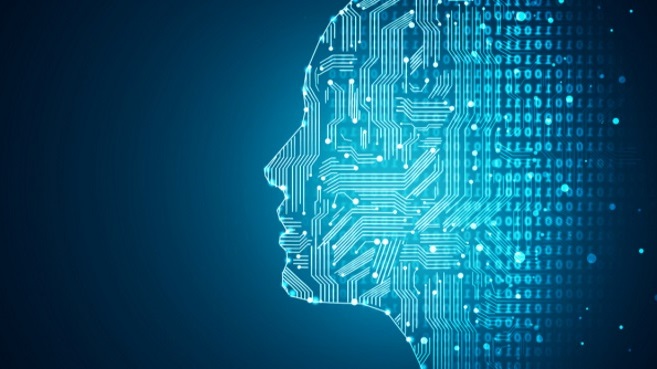

During their infamous six-game match, the machine would occasionally hold off from declaring its move once a calculation had finished, sometimes for several minutes. In order to beat Kasparov, Deep Blue had to understand him not simply as a highly efficient processor of brilliant chess moves, but as a human being.įor a start, the IBM engineers made the brilliant decision to design Deep Blue to appear more uncertain than it was. That symbolic victory, of machine over man, which in many ways marked the start of the algorithmic age, was down to far more than sheer raw computing power.

The outcome of the match is well known, but the story behind how Deep Blue secured its win is less widely appreciated. While the art of the possible with data, analytics and AI continues its march to optimize operational tactics, humans with our uncanny ability to improvise and adapt still can hold a strategic edge.for now.But when IBM’s Deep Blue faced Kasparov in the famous match of May 1997, the machine was immune to such tactics. Herbie Hancock once recalled how Miles Davis heard him play the wrong chord but simply played his solo around the ‘‘wrong’’ notes so that they sounded intentional and correct to the audience. The result: harmonious processes that “almost resemble a dance in the most unlikely of places – a factory floor.”īusiness leaders also can learn from the responses of others to their deviations and even their outright missteps. They observed that Toyota allows its operators to design their own tools, workspaces, and processes, rather than going by the book. The “jazz mindset” as Harvard Business School researchers Ethan Bernstein and Frank Barret refer to the concept, is as difficult to learn as it is to know when and where to apply it. Similarly, today’s business leaders who are more comfortable with being uncomfortable are poised to out-compete others in their industry beholden to strict strategy scripts or increasing mountains of metrics. The ability of today’s grandmasters to play the perfect, optimal game can become their Achilles heel against an opponent more adept at improvisation. Akin to Captain Kirk and Picard “out-humaning” computers and their logic-bound sidekicks in so many Star Trek episodes, Carlsen took the game into territories foreign, uncomfortable and involute, finally unraveling his opponent. Perhaps it would be more appropriate today to refer to him as the “Miles Davis of Chess,” due to how he can deviate from the established musical score and improvise over it.Ĭhess aficionados contend that the more daedal Carlsen won some of these games by deviating from the ideal sequence that a heavily computer-trained player like Nepomniachtchi likely anticipated and prepared for. Since his days as a gangly teenager, Carlsen has been dubbed the “Mozart of Chess” based on his ability to weave harmony into his melodic play. Consider how many years Amazon investors allowed the company to operate at a loss-all the while amassing data nobody else had that ultimately enabled it to dominate the retail market. The executives of well-funded, pre-IPO startups not obliged to quarterly performance scrutiny have executed this strategy repeatedly over the past several decades. As with chess and many sports, outlasting your competition is an increasingly viable business strategy, particularly in a world where near-infinite information and computer power level the playing field.


 0 kommentar(er)
0 kommentar(er)
